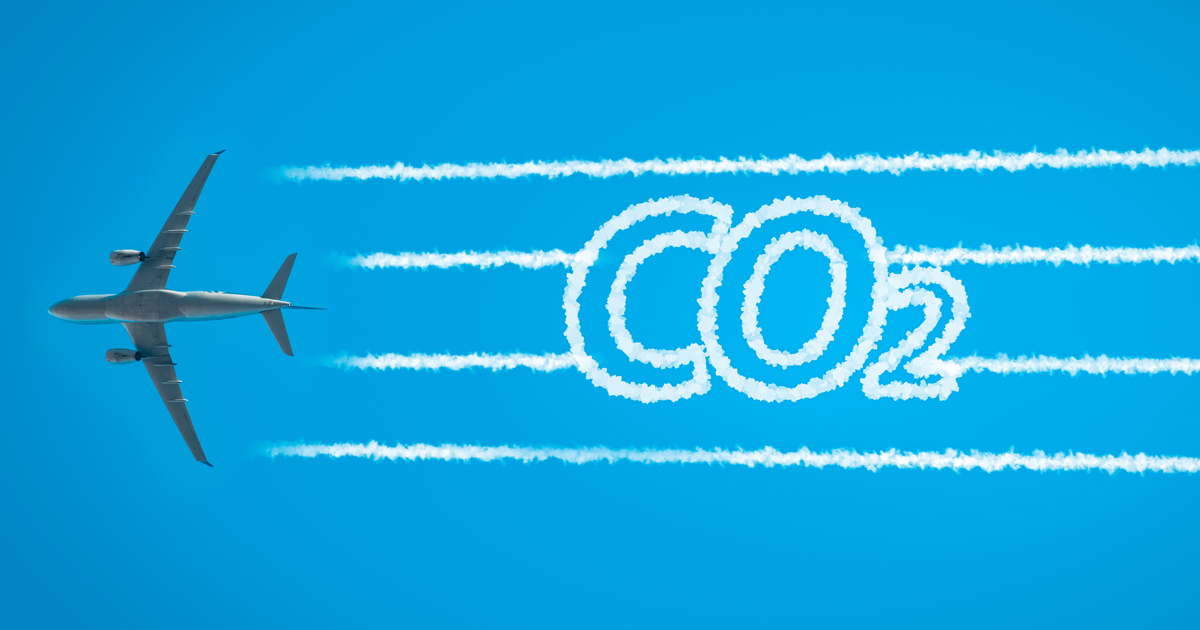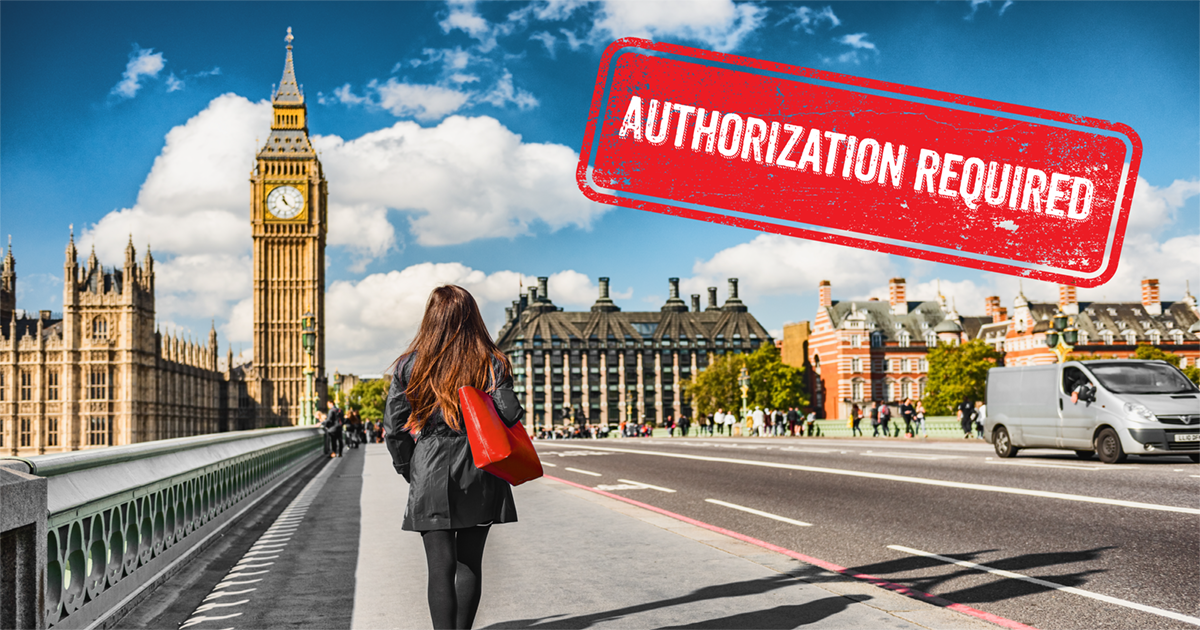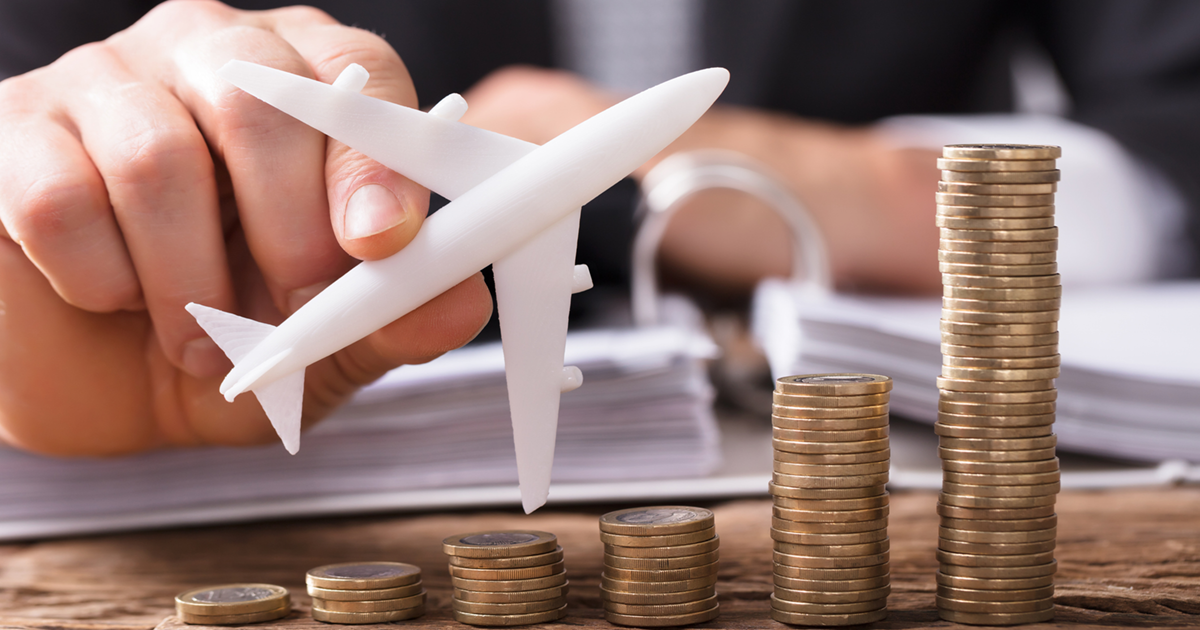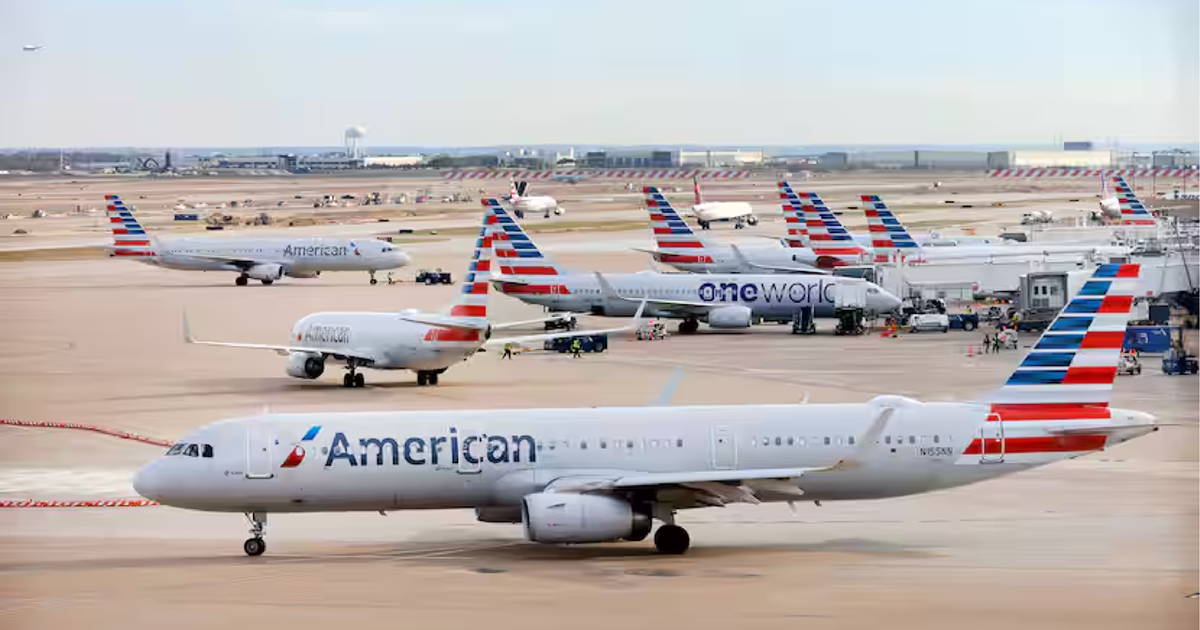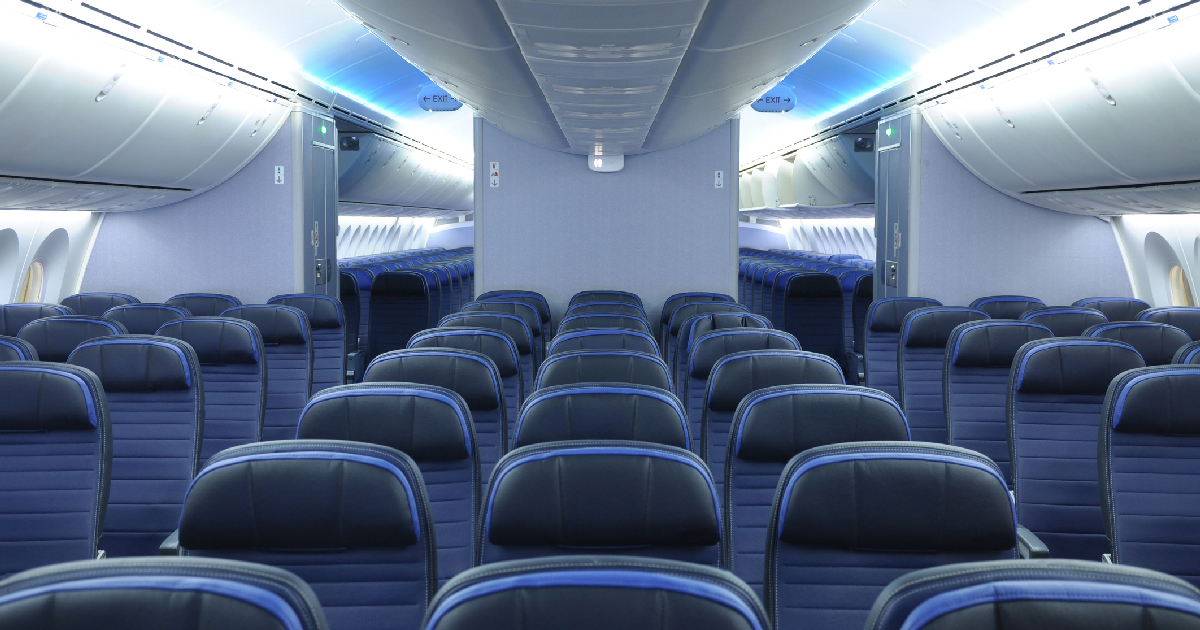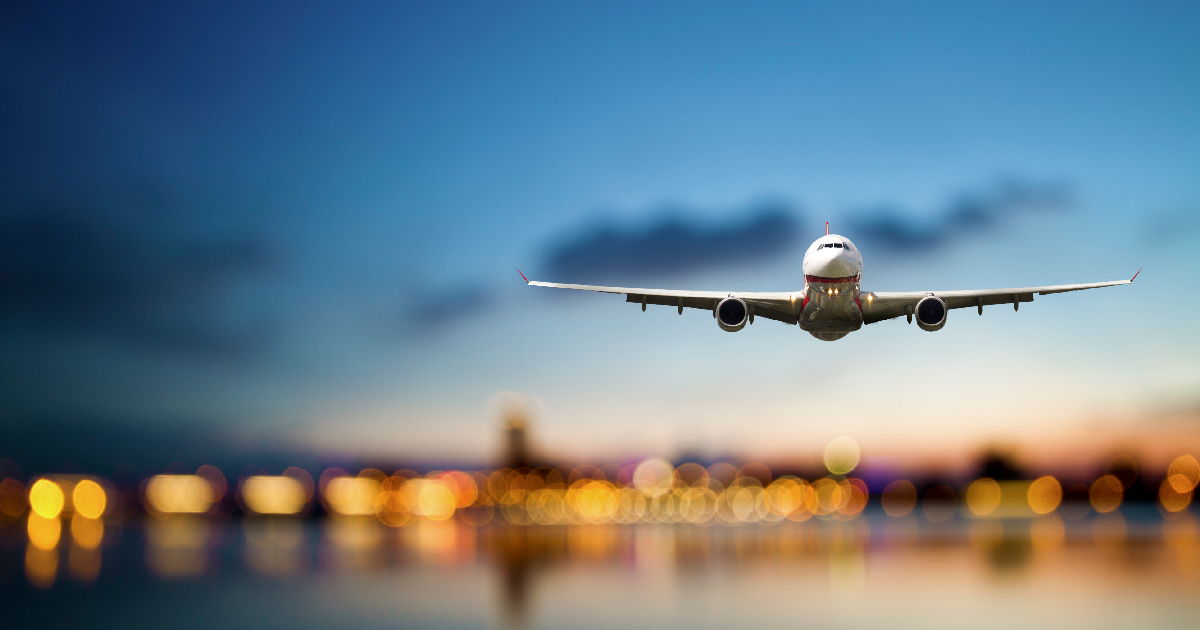With the help of TripEasy’s new emissions feature, travelers can view carbon emission levels for any flight, route and cabin class. If you don’t know what a kilogram of estimated CO2 emissions represents, you can still compare any flight against the average in the market for your date of travel. Choosing a greener flight option is now easy.
What are aviation carbon emissions?
When an aircraft’s engine is in operation, the engine releases carbon dioxide (CO2) into the atmosphere. This includes the entire duration of the trip, from gate to gate. Taxi, take-off, ascent, cruising, descent, landing and the taxi back to the gate. Every part of the trip involves the aircraft engines burning fuel (we hope they are turned “on”) and, unless the plane is burning alternate fuels, creating CO2.
How can you determine the flight’s carbon emission levels?
TripEasy’s carbon emissions feature shows a visual reminder of the CO2 by flight and by cabin class with color coding, making scanning options a snap! Average emissions are calculated for your search, on your travel date. Each flight option (or connecting flight options) is compared against this market average, so a green cloud indicates the flight is below average (better) and a red cloud is higher than the average (worse).
Yes, we show that First-Class seats bear a higher share of the CO2 for any flight because they take up more room onboard than an Economy seat, but our First-Class seat is compared to the average across all available First-Class seats, to make your comparison easy. Each cabin class “average” is prepared the same way, to give you a sense of the relative emissions your choice generates and not to guilt you into a cabin downgrade on your long-haul international flight.
What aircraft types have lower emissions?
New planes are considerably more fuel efficient through their use of new engines, aircraft weight, and structural component technology. According to a recent New York Times article, “(T)he Boeing 787 and the Airbus A350 burn 20 to 25 percent less fuel than the planes they replace…” The good news for you is that you don’t have to spot tail numbers to determine which aircraft is new: TripEasy’s user experience makes it easy to find the most efficient flight option.
Why should I choose a flight with lower carbon emissions?
If your company wants you to engage in a more sustainable business future, try to find ways to help. If you are skeptical, think back to when new blue recycling trash receptacles were placed throughout offices in the early to mid-1990’s. The notion of corporate responsibility isn’t new, TripEasy just makes it easier for you to make an informed choice – either with your selection of a single flight or across all your trip choices for an entire year.
Remember to travel safely, travel responsibly and now, with the help of TripEasy, choose to travel with your company’s sustainability goals in mind.


